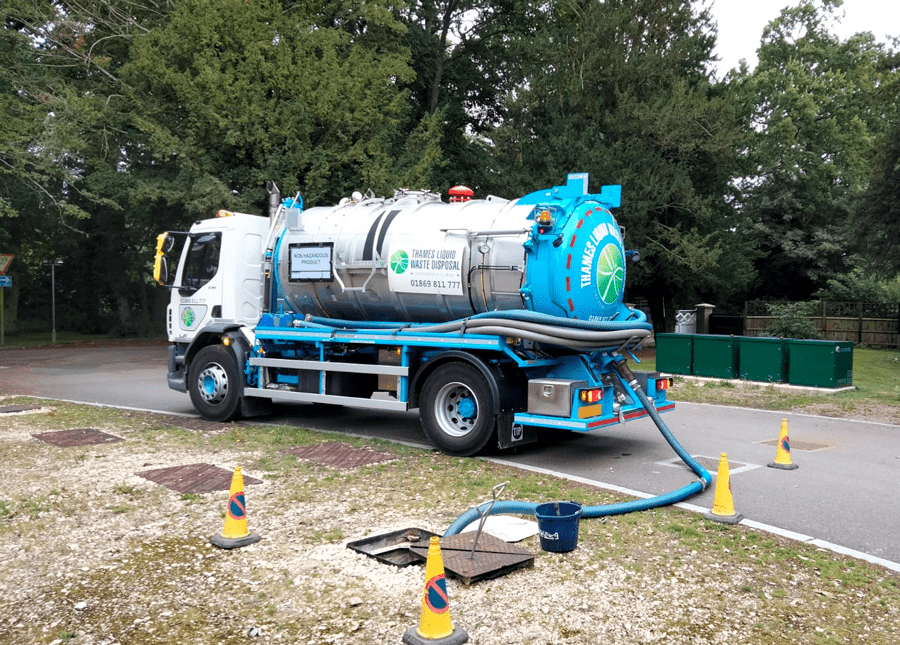An Unbiased View of Reclaim Waste
An Unbiased View of Reclaim Waste
Blog Article
An Unbiased View of Reclaim Waste
Table of ContentsMore About Reclaim WasteIndicators on Reclaim Waste You Should Know10 Easy Facts About Reclaim Waste DescribedThe smart Trick of Reclaim Waste That Nobody is Talking AboutAn Unbiased View of Reclaim Waste
Residential sewer waste refers to the waste and products from a household septic container. The proper management and disposal of residential sewage waste require fluid waste to be transferred to a sewage treatment plant where the proper techniques and devices are applied to cleanse and dispose of waste.
Industrial waste frequently consists of potential hazards, such as flammable materials or a mix of fluid and strong waste items, and calls for a much more sophisticated and comprehensive disposal process. The disposal of industrial waste typically entails the filtering of waste before transportation to make certain safe and proper disposal. Hazardous waste is produced from by-products and overflow of commercial procedures and production.
This kind of waste can not utilize the very same sewage monitoring transportation or procedures as septic or industrial fluids. The industrial waste monitoring procedure calls for the evaluation and testing of liquid waste prior to it goes through the disposal process (liquid waste removal melbourne). Overflow waste is the fluid waste that originates from overflow and excess stormwater in highly booming locations or cities
Overflow waste can cause contamination and flooding if not taken care of correctly. Ensuring proper waste management can stop calamities and reduce environmental harm.
Getting The Reclaim Waste To Work
Contact PROS Providers today to learn more about our waste monitoring and disposal services and the correct methods to take care of the fluid waste you produce.
(https://www.metal-archives.com/users/reclaimwaste1)This so-called 'wastewater' is not only an essential source yet, after therapy, will certainly be released to our land, rivers or the sea. Utilized water from bathrooms, showers, bathrooms, cooking area sinks, laundries and commercial processes is understood as wastewater.

water made use of to cool machinery or clean plant and tools). Stormwater, a type of wastewater, is overflow that moves from agricultural and urban areas such as roofings, parks, gardens, roads, courses and rain gutters into stormwater drains, after rainfall. Stormwater flows unattended directly to local creeks or rivers, eventually getting to the ocean.
The Buzz on Reclaim Waste
In Queensland, most wastewater is dealt with at sewer therapy plants. Wastewater is delivered from domestic or commercial sites via a system of drains and pump stations, understood as sewerage reticulation, to a sewage therapy plant.
The Department of Natural Resources encourages city governments about managing, operating and keeping sewage systems and treatment plants. In unsewered areas, city governments might require owners to install private or family sewer treatment systems to deal with domestic wastewater from bathrooms, kitchens, shower rooms and washings. The Department of Natural Resources authorizes making use of home systems when they are proven to be efficient.
In some brand-new communities, treatment of some stormwater to remove clutter, sand and gravel has begun utilizing gross pollutant traps. Wastewater treatment occurs in four stages: Removes solid matter.
Wastewater after that streams right into huge tanks where solids clear up and are eliminated as sludge. Oil and residue are skimmed from the surface. Uses little living microorganisms referred to as micro-organisms to break down and remove remaining dissolved wastes and great particles. Micro-organisms and wastes are included in the sludge. Gets rid of nitrogen and phosphorus nutrients that could trigger algal flowers in our waterways and endanger aquatic life.
A Biased View of Reclaim Waste
Nutrient elimination is not readily available at all sewage treatment plants because it needs costly specialised equipment. Clear fluid effluent generated after treatment might still have disease-causing micro-organisms - industrial wastewater treatment.

Most wastewater moves right into the sewerage system. Under the Act, regional federal governments provide authorizations and licences for environmentally pertinent activities (Ages) including wastewater best site launches that might have a local effect.
The Definitive Guide for Reclaim Waste
Tracking provides valid information concerning water quality and can confirm that licence conditions are being met. The details obtained with surveillance supplies the basis for making water high quality choices.
Report this page